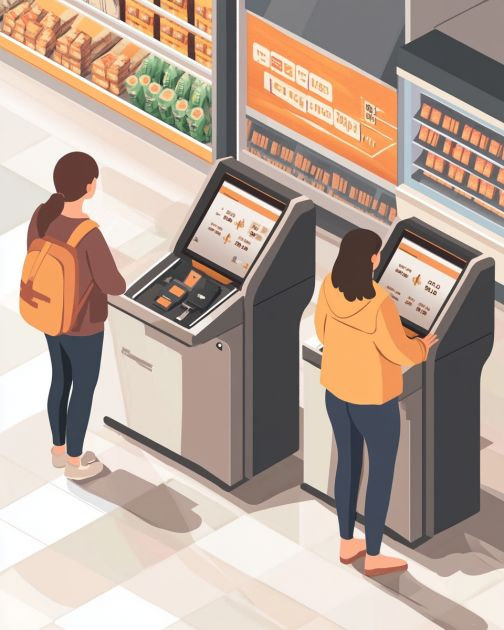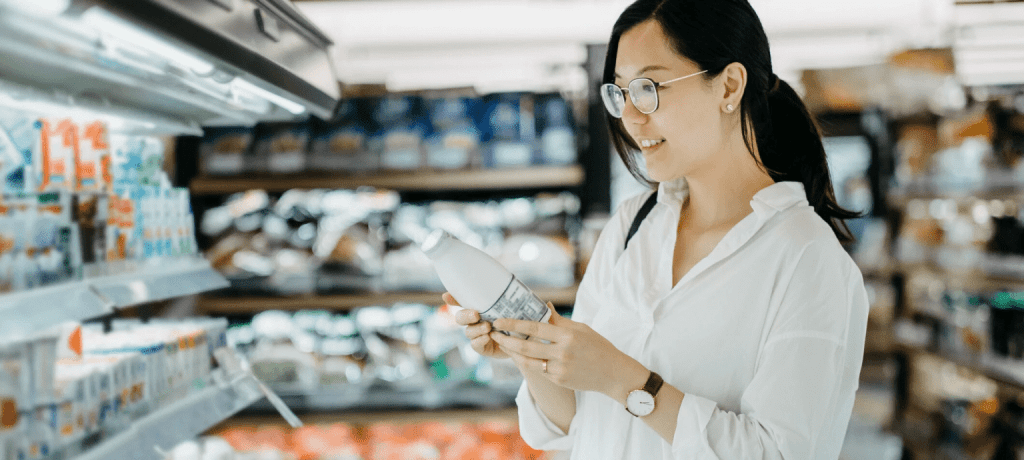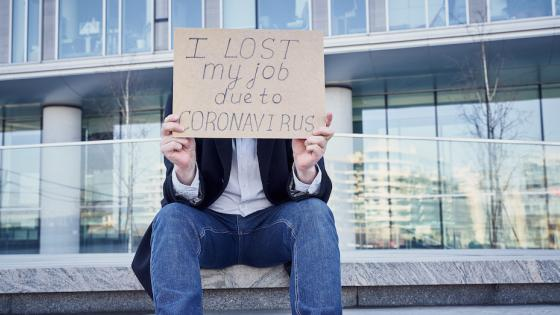The rise of self-checkout systems in retail stores has sparked an ongoing debate: if raising cashier wages supposedly drives up prices, why don’t prices drop when retailers replace human cashiers with self-checkout machines? To explore this question, we need to understand the complex relationship between labor costs, automation, and pricing strategies in the retail industry. Let’s break down the issue step by step.

The Economics of Wages and Pricing
To understand why prices may rise when wages increase, it’s important to look at the cost structure of businesses. Labor is one of the most significant expenses for companies, particularly in industries like retail that rely on large numbers of employees. When wages go up, the higher labor costs often lead to an increase in product prices as businesses attempt to maintain profit margins. This increase is usually passed on to consumers, explaining why higher wages for cashiers can sometimes result in price hikes.
However, this logic becomes confusing when we consider the opposite scenario—when businesses reduce labor costs by replacing cashiers with self-checkout systems. If companies save money by eliminating these jobs, shouldn’t prices go down? The reality is much more complex.
The Cost Savings From Self-Checkout Systems
At first glance, self-checkouts seem like a way for businesses to cut costs significantly. Retailers can save on wages, benefits, and training expenses that would otherwise be required for human cashiers. Self-checkouts, which allow customers to scan and bag their own items, also offer operational benefits such as shorter lines and faster transaction times. In theory, these savings could be passed on to the consumer in the form of lower prices.
However, the truth is that the cost savings achieved by implementing self-checkouts don’t always translate into reduced prices for customers.
Why Prices Don’t Drop After Replacing Cashiers
Despite the reduction in labor costs, there are several reasons why prices don’t necessarily drop when retailers adopt self-checkout systems:
1. Upfront Investment in Technology
Implementing self-checkout systems requires a significant upfront investment. Retailers need to purchase the machines, install them, and ensure that they are properly integrated into the store’s infrastructure. The initial costs don’t stop there; the systems also require regular maintenance, updates, and repairs. These expenses can offset the savings from reduced labor costs, meaning retailers may not see enough financial benefit to lower prices.
2. Ongoing Operational Costs
While self-checkouts reduce the need for cashiers, they don’t eliminate labor costs entirely. Stores still need employees to monitor the self-checkout area, assist customers with technical issues, and ensure security. Additionally, self-checkouts are more prone to theft and scanning errors, leading to increased loss prevention costs. All these factors contribute to the ongoing operational costs associated with self-checkouts.

3. Profit Margin Retention
Retailers are not always motivated to pass savings on to consumers. Instead, businesses often prioritize maintaining or increasing profit margins. Even if automation reduces costs, companies may choose to reinvest those savings into other areas, such as store improvements, marketing, or expanding their online presence, rather than lowering prices. In many cases, any financial benefit from self-checkout systems is retained as profit rather than passed on to shoppers.
The Hidden Costs of Self-Checkout Systems
Although self-checkout systems seem to offer cost savings, they come with hidden expenses that retailers must account for. These include:
1. Increased Risk of Theft
Self-checkout systems have a higher potential for theft, both intentional and accidental. Customers might fail to scan items, scan them incorrectly, or purposefully exploit loopholes in the system. As a result, retailers must invest in additional security measures, such as surveillance cameras and floor attendants, to minimize losses. These hidden costs reduce the overall savings generated by self-checkouts.
2. Customer Frustration and System Errors
Technical glitches, malfunctions, and user errors can frustrate customers and slow down transactions, leading to dissatisfaction. Stores often need additional staff to assist customers with self-checkout machines, further cutting into labor savings. Retailers also face the costs of regularly upgrading and maintaining the software to ensure smooth operation.

Corporate Profit Strategies and Price Stability
One of the primary reasons prices don’t drop with the adoption of self-checkouts is that businesses focus on maximizing profits. Even when operational costs decrease, companies may opt to keep prices steady in order to increase their profit margins. This focus on profitability means that the financial benefits of automation are often used to satisfy shareholders and reinvest in the business rather than offering price reductions.
The Role of Consumer Behavior
Another factor influencing price stability is consumer behavior. Self-checkout systems are often seen as a convenience, allowing customers to speed up their shopping experience. Many consumers appreciate the ability to control their own checkout process and avoid long lines. This perceived value of convenience can justify stable or even higher prices, as shoppers are willing to pay for the time saved.
Retailers understand this and are not inclined to lower prices simply because they have automated part of the checkout process. In fact, the added convenience of self-checkout can serve as a selling point, further reducing the pressure to cut prices.
Case Studies: Retailers and Self-Checkout Systems
To better understand why prices don’t drop, let’s look at real-world examples. Major retail chains such as Walmart and Target have widely adopted self-checkout systems, but their prices have remained relatively stable. Rather than passing the savings from automation on to customers, these retailers have reinvested in technology, store expansions, and other areas to boost overall business performance.
While some may expect smaller, local stores to drop prices after adopting self-checkout systems, the same economic principles apply. Even small businesses face significant costs when introducing automated checkout solutions, and any potential savings are often redirected into maintaining the store’s financial health.

The Bigger Picture: Automation, Employment, and the Economy
The growing trend of replacing cashiers with machines raises important questions about the broader economic impact. While automation can reduce labor costs in the short term, it can also lead to unemployment and underemployment, especially in sectors that rely heavily on low-wage workers. This can have a ripple effect on the economy, reducing consumer purchasing power and slowing economic growth.
Moreover, automation can widen the gap between large corporations and small businesses. Larger retailers can afford the initial investment in self-checkout technology, while smaller businesses may struggle to compete, leading to further market consolidation.
Conclusion
The expectation that prices should drop when retailers replace cashiers with self-checkout systems is logical but often misplaced. While labor costs are reduced, the associated costs of technology, system maintenance, and loss prevention often offset the savings. Additionally, retailers frequently prioritize profit margins over price reductions, ensuring that prices remain stable despite automation.
The relationship between cashier wages, self-checkout systems, and pricing is complex, involving various factors such as operational costs, corporate strategies, and consumer behavior. Ultimately, the decision to implement self-checkout systems is driven by a desire for efficiency and profitability, not necessarily to offer lower prices to consumers.